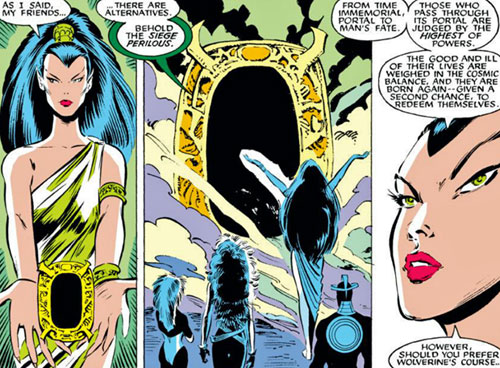
In “Mutant Mutandis: The X-Men’s Wolverine and the Construction of Canada,” scholar Vivian Zenari explores the portrayal of Canada within the X-Men narrative and how that portrayal informs the character of Wolverine (and vice versa). #xmen #wolverine 1/7 

Zenari sees Logan’s nationality as a somewhat lazy product of international market-building, with Wolverine’s Canadian-ness generally underconsidered in terms of its connection to his character/identity. 2/7 

"The imagined Canada of Wolverine is for the most part the imagining of another country. At the level of language, a Canadaphile will notice factual errors, such as misspelled place-names…and incongruous terminology… that could be chalked up to a careless copyeditor.” 3/7 

Meanwhile, at the story level, “Canada’s representation seems to consist completely of the usual clichés of Canada as an untamed wilderness, in keeping with traditional literary typologies of Canada as outlined, for example, in Northrop Frye’s The Bush Garden.” 4/7 

“As a character, Wolverine must have national pride, almost out of structural necessity, in order to justify the Canadianness that coalesces around him…Thus his patriotism might be less than Canadian verisimilitude and more like narrative necessity; or market appeal.” 5/7 

Zenari concludes the essay with a simple straightforward statement: that Wolverine’s Canada “is a netherworld, uncharted, unmarked, slipping boundaries of time and culture.” It’s a fantasy that, like Logan’s Japan, exists in an international imaginary rather than reality. 6/7 

As a Canadian (and from the North) I take Zenari’s point, but the first UXM visit to Canada was to Calgary, depicted as a modernish metropolis, so there’s room for counterargument. I agree that Wolverine doesn’t seem Canadian to me, but I’m not even sure what that would mean. 7/7 

• • •
Missing some Tweet in this thread? You can try to
force a refresh
























